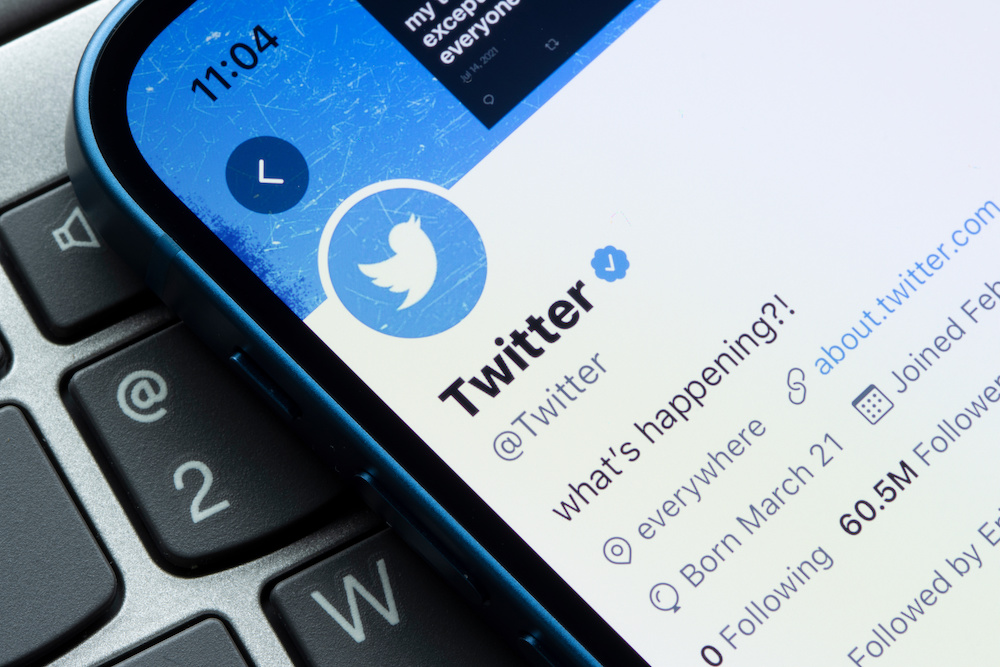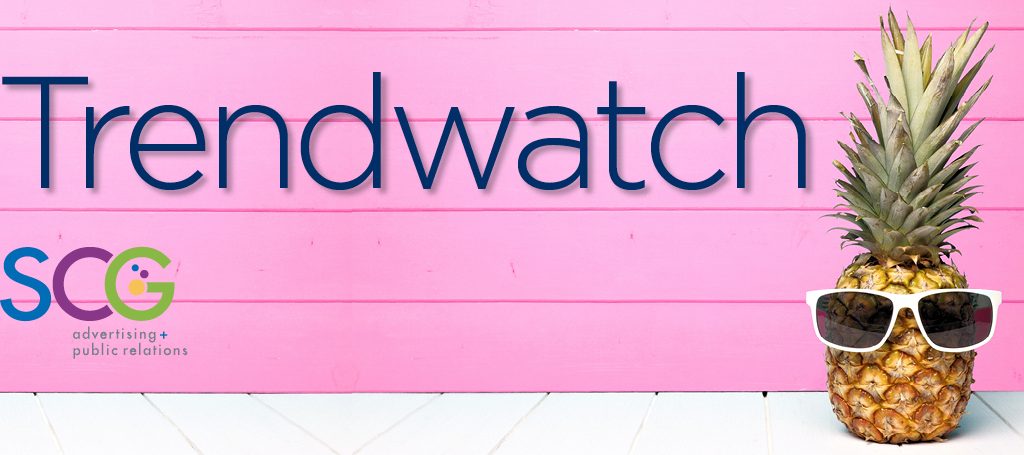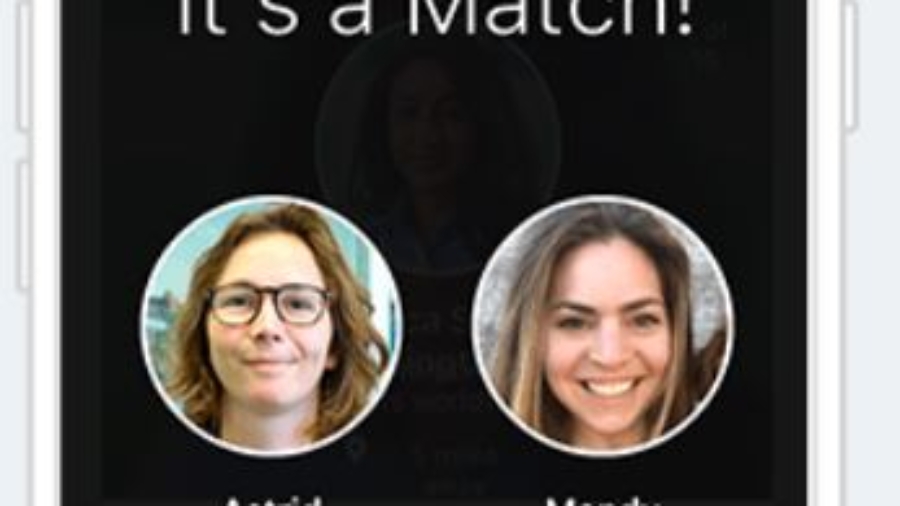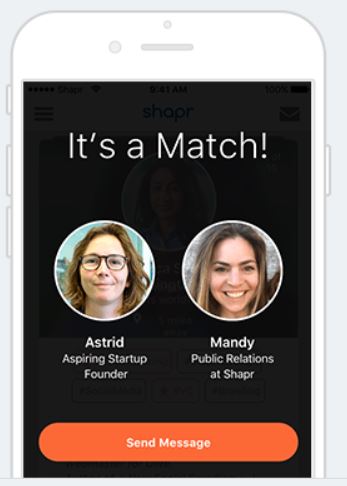
One of the best-known of all social media platforms, Twitter, is in the process of dramatically altering itself. Some changes that have already been implemented – or are thought to be coming soon – are concerning both to individuals and organizations that have utilized Twitter for years. So, in the event you find yourself making a decision about shifting away from Twitter, here are several alternatives to consider.
Tumblr – It began as a microblogging platform in 2007, and has a vast number of users. Tumblr’s fanbase may not be as passionate as those of other platforms, but the site offers a wide variety of options for posting and sharing text, images, video, audio, and links.
LinkedIn – More sophisticated than many other social media platforms, LinkedIn’s emphasis is on helping users locate new clients and employees, and share details of professional successes. While it may be business-focused, it’s the online home for individuals in a broad range of endeavors.
Hive Social – On the rise since 2019, Hive Social’s audience has grown by one million users since changes began at Twitter. The platform enables users to post content without length limitations and already offers an editing function. The key drawback with Hive Social is loading time and a few other technical irregularities.
Discord – Beginning as a communications app for sharing voice, video and text chat with friends, game communities, and developers, Discord has steadily expanded. It is currently popular for networking, particularly in the music, entertainment, and sports sectors, with emphasis on internal group chats.
Mastodon – It’s a federation of independently operated interconnected servers, offers microblogging features akin to Twitter, but also features other functionality allowing for message that are 500-characters in length. Mastodon also offers extensive privacy features, plus the ability to hide spoilers and add trigger warnings.
Post – For now, there’s actually a waitlist for joining the platform. Post is intended to be “A Social Platform for Real People, Real News, and Civil Conversations,” and is geared toward journalists who want to share stories without being edited.
Or … do nothing – Sometimes, taking no action is the most appropriate action. If you have an audience on other platforms and all is going well, it may be fine to simply step away from Twitter without identifying a replacement.
For more information about the recent and upcoming Twitter changes, check out the following articles:
https://www.politico.com/news/2022/11/24/musk-twitter-suspension-policy-00070819
https://www.fastcompany.com/90804776/elon-musk-massive-changes-twitter-one-week


 TikTok is relatively new to the social media landscape. And it could be gone next month.
TikTok is relatively new to the social media landscape. And it could be gone next month.




 In the world of recruitment, we use the terms “Active and Passive Job Seeker,” to differentiate between people who are actively searching for jobs, whether out of work or ready for a change, and those who are currently employed, but may be convinced to consider another opportunity.
In the world of recruitment, we use the terms “Active and Passive Job Seeker,” to differentiate between people who are actively searching for jobs, whether out of work or ready for a change, and those who are currently employed, but may be convinced to consider another opportunity.



